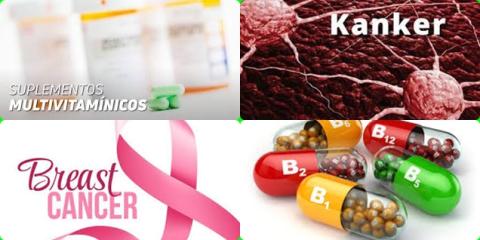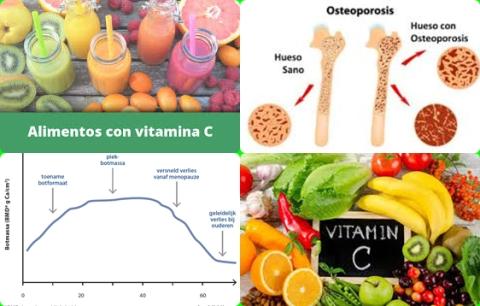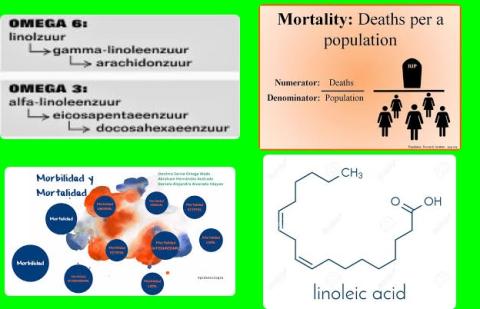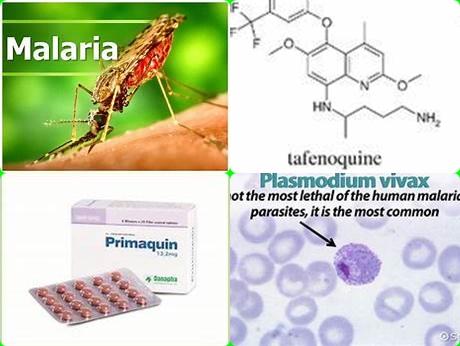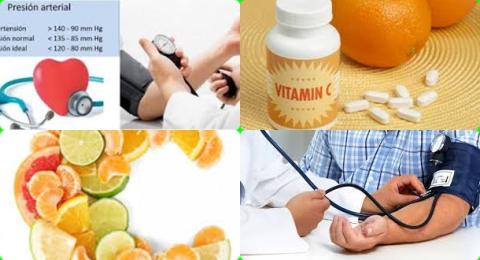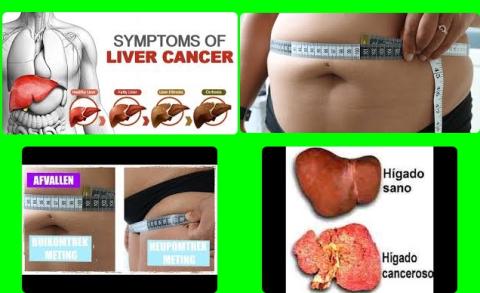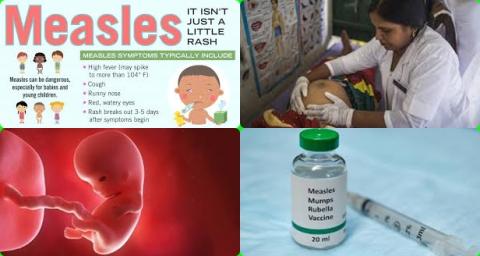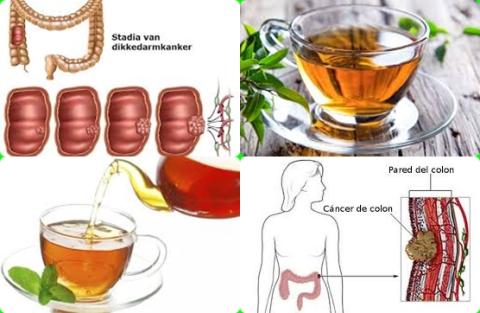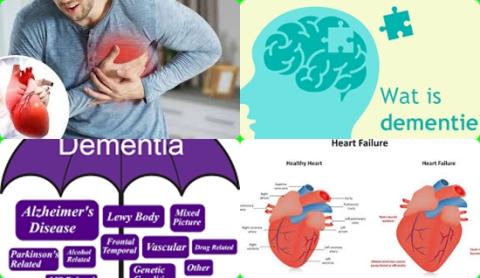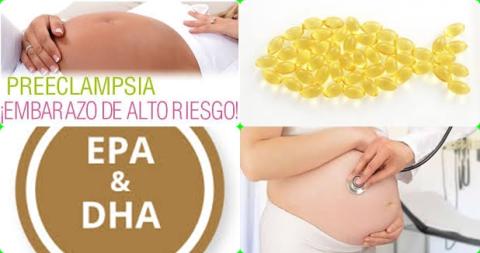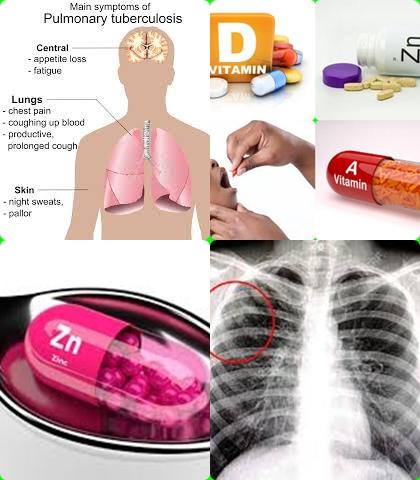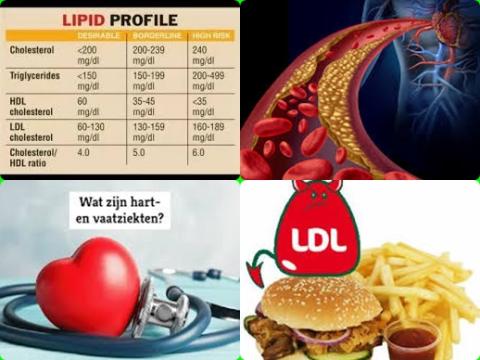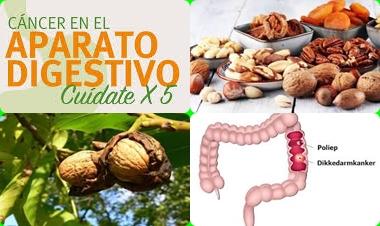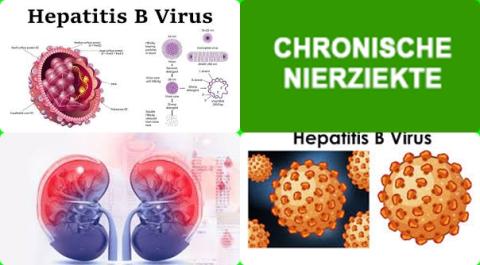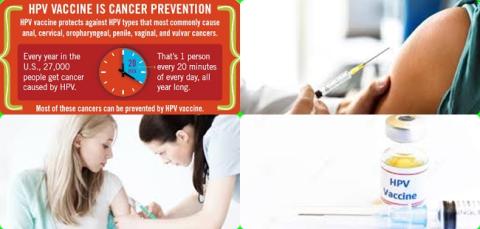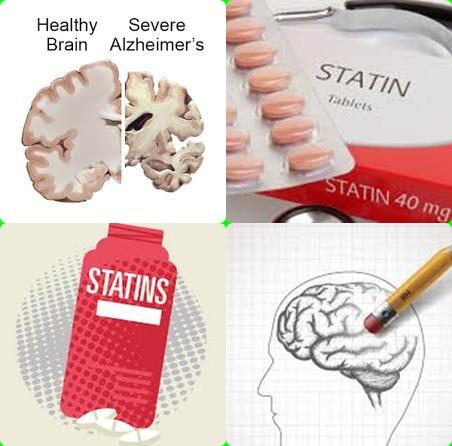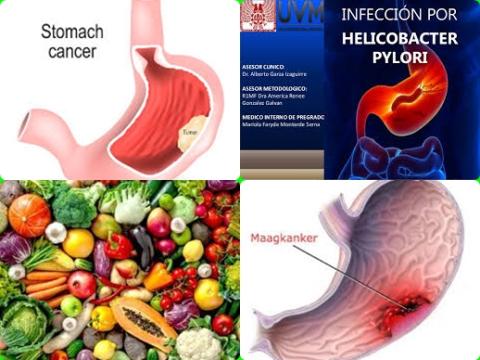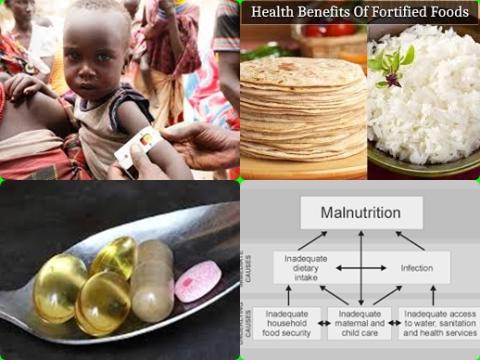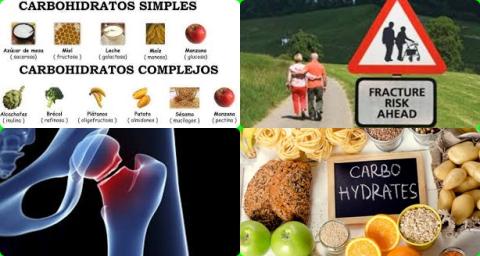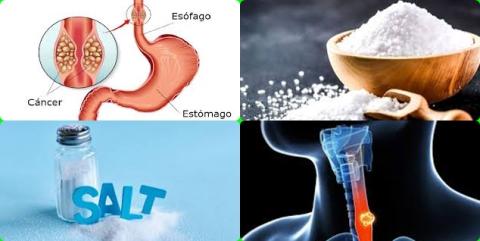Omega-3 fatty acids + vitamin E or D reduce gestational diabetes
Objectives:
Omega-3 fatty acid and vitamin E or D co-supplementation may be an important approach to improve metabolic status in gestational diabetes, but the results are conflicting. Therefore, this review article has been conducted.
Do omega-3 fatty acid and vitamin E or D co-supplementation improve metabolic status in gestational diabetes?
Study design:
This review article included 4 RCTs.
Results and conclusions:
The investigators found omega-3 fatty acid and vitamin E or D co-supplementation was associated with a significantly reduced fasting plasma glucose level [MD = -10.47, 95% CI = -15.33 to -5.61, p 0.0001], homeostasis model of assessment-insulin resistance level [MD = -1.6, 95% CI= -2.44 to -0.77, p = 0.0002], malondialdehyde level [MD = -1.00, 95% CI = -1.05 to -0.95, p 0.00001] and triglycerides level [MD = 26.22, 95% CI = -38.94 to -13.51, p 0.0001].
The investigators found omega-3 fatty acid and vitamin E or D co-supplementation was associated with a significantly increased antioxidant capacity level [MD = 173.51, 95% CI = 164.72-182.30, p 0.00001].
The investigators found omega-3 fatty acid and vitamin E or D co-supplementation showed no effect on nitric oxide level [MD = 5.95, 95% CI = -7.48 to 19.37, p = 0.39] or total cholesterol level [MD = 1.63, 95% CI = -13.46 to 16.72, p = 0.83].
The investigators concluded omega-3 fatty acid and vitamin E or D co-supplementation have a favourable effect on metabolic status in gestational diabetes.
Original title:
Influence of omega-3 fatty acid and vitamin co-supplementation on metabolic status in gestational diabetes: A meta-analysis of randomized controlled studies by Li F, Pei L, […], Ye H.
Link:
https://www.ncbi.nlm.nih.gov/pubmed/32145487
Additional information of El Mondo:
Find more information/studies on diabetes, pregnancy, omega-3 fatty acid, vitamin D and E right here.
